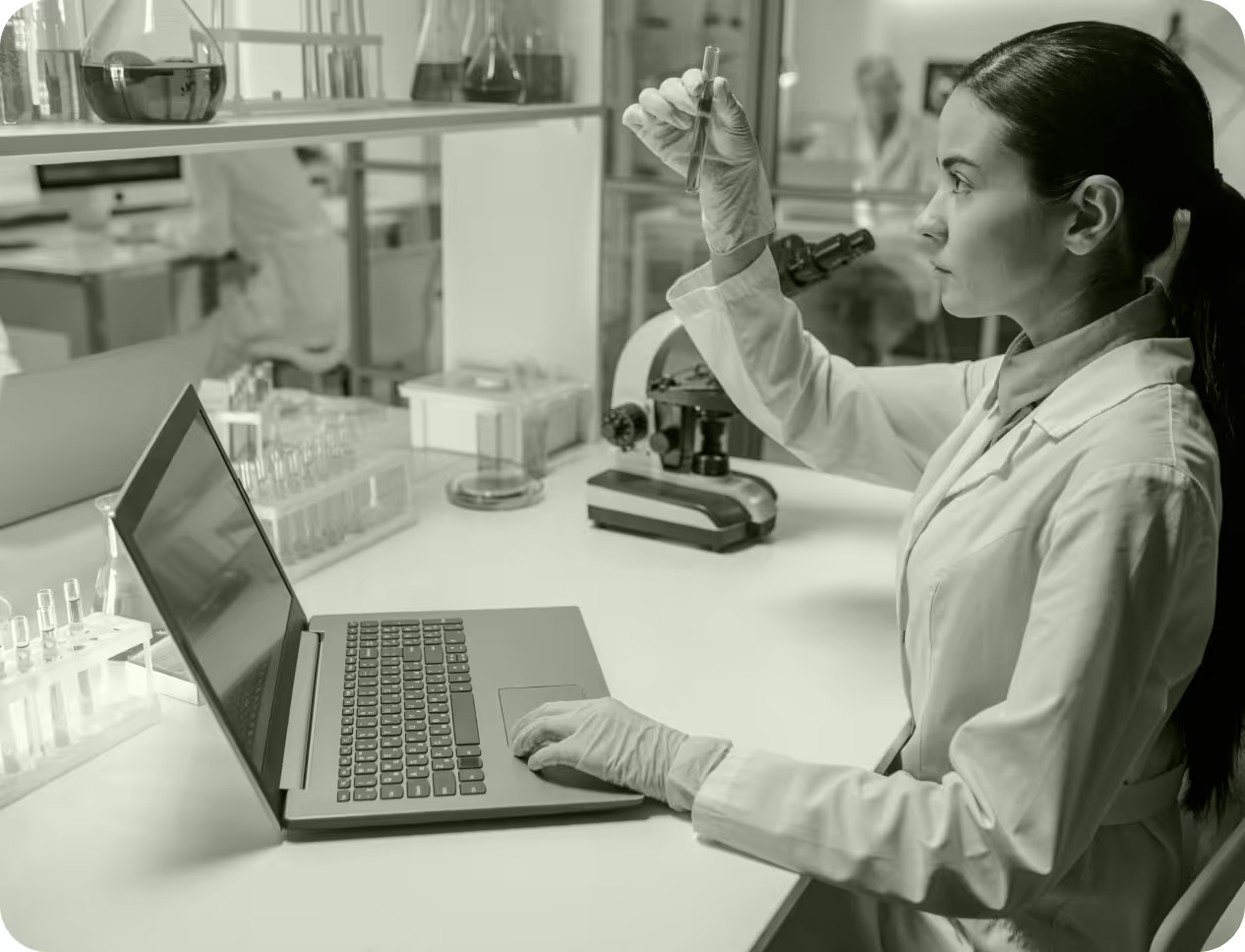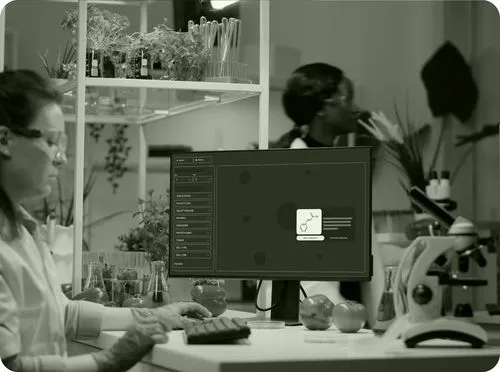Chemistry heavily depends on experimentation to discover and
optimize molecules.
Unlike language models that can draw from vast amounts of data available online, experimental data in chemistry is scarce and must be generated for each discovery.
Therefore, AI models in chemistry need to be highly accurate even
with limited data.
By incorporating physics into AI, we can embed fundamental physical principles into the model, leading to more precise and transferable predictions while drastically reducing the need for experiments.
All AI models to date are only based on statistics. They cannot go much beyond what they were trained on. Having a reflection of physical reality, digital twins enable our models to be truly predictive and explore chemical space autonomously. Much like children learn to play with Lego bricks our AI learns to find better molecules, atom by atom.











